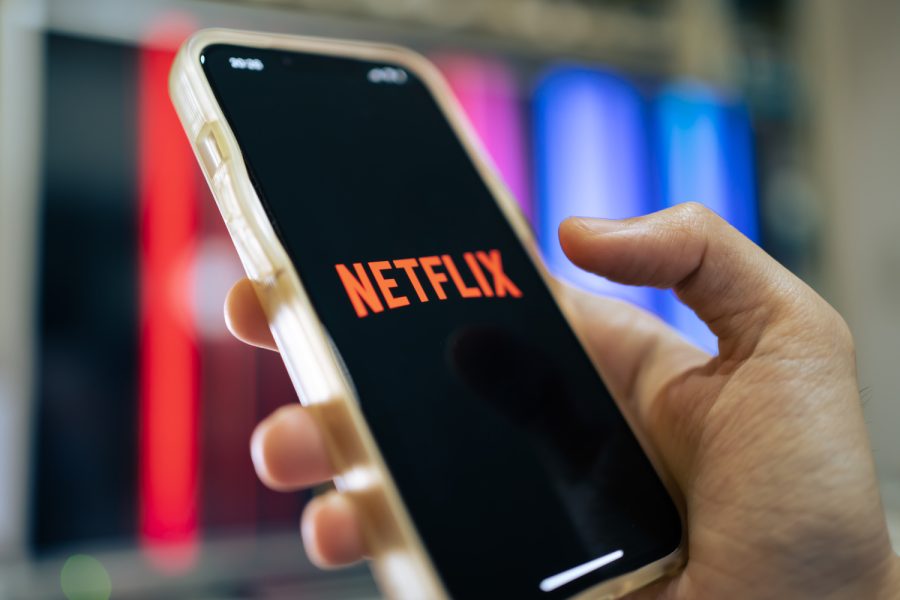On Oct. 3, Netflix released the highly anticipated third season of ‘Heartstopper,’ the live-action adaptation of the queer romance graphic novel series written by Alice Oseman.
Since its initial release in 2022, “Heartstopper” has garnered a reputation for being a soft, safe space for queer teens to be represented and gain realistic depictions of their own experiences and relationships.
With the release of season three, Netflix and Oseman made the creative decision to tackle Charlie’s mental health struggles. The matter had been touched on briefly in the last two seasons, and it all came to a head in the latest release.
Charlie’s mental health is the main focus of the first half of the season, and viewers see his long-term boyfriend, Nick, struggling to come up with a way to address the situation after Charlie confided in him at the end of season two.
The focus on the couple’s psychological struggles reaffirms the show’s practice of showing every possible angle of a plot conflict, which is not normally seen on television.
However, though the attempts at normalization and showcasing unfamiliar points of view are a “Heartstopper” staple, they aren’t entirely loved by the masses. University of Iowa students were provided with questions on how they felt about the third season, especially in terms of mental health and queer representation. The responses were a varying mix.
RELATED: Review | ‘Industry’ season three goes down as one of HBO’s finest releases
“One of my favorite parts of how the show depicts challenges with mental health is including how much loving someone with mental health struggles can affect a person, as shown by Nick feeling alone and eventually breaking down while Charlie is away at an in-patient mental health clinic,” UI first-year Isabel Sokup said.
Aside from mental health, the third season also covered many other important issues, such as Elle struggling with people seeing her as a poster child for the trans rights movements instead of the artist she is striving to be. Viewers also see Isaac struggling with his aromantic-asexual identity and feeling like a tenth wheel in his massive friend group as all of them are coupled up.
“I feel like Heartstopper does a good job handling queer representation. I feel seen. I feel heard,” Zavier Meraz, a UI junior, said. “I feel like this show is a cuddly blanket and provides comfort in a way for the LGBTQ+ community, especially for those who can’t come out due to their living environment.”
This season also made it clear to audiences that Nick and Charlie were not the only characters struggling. For instance, the recurring character Tara is shown to grapple greatly with the pressure of academics, culminating in a panic attack in episode six.
“It has brought attention to [mental health], but it has made unrealistic views of how people are going to respond,” Peyton Pewe, a UI second-year student explained. “People are not going to be perfect and understanding when it comes to mental health problems and eating disorders.”



